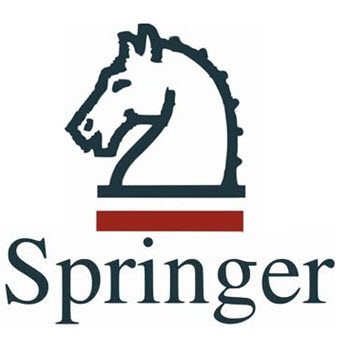Abstract
Background
Building upon decades of continuous reforms, Iran has been implementing various initiatives to reach universal health coverage (UHC). Improving efficiency is a crucial intermediate policy objective for UHC. Therefore, this article aimed to measure the efficiency and productivity changes of the Iranian health system in making progress towards UHC during 2010−2015 in comparison with 36 selected other upper-middle-income countries.
Methods
We used panel data to measure the variations in technical efficiency (TE) and total factor productivity (TFP) through an extended data envelopment analysis (EDEA) and Malmquist productivity index, respectively. General government health expenditure (GGHE) per capita (International dollar) was selected as the input variable. Service coverage of diphtheria, tetanus and pertussis; family planning; antiretroviral therapy; skilled attendants at birth; Tuberculosis treatment success rate; and GGHE as % of total health expenditure (THE) were considered as output variables. The data for each indicator were taken from the Global Health Observatory data repository and World Development Indicator database, for 6 years (2010−2015).
Results
The TE scores of Iran’s health system were 0.75, 0.77, 0.74, 0.74, 0.97, and 0.84 in the period 2010–2015, respectively. TFP improved in 2011 (1.02), 2013 (1.01), and 2014 (1.30, generally). The overall efficiency and TFP increased in 2014. Changes made in CCHE per capita and GGHE/THE attributed to the increase of efficiency.
Conclusion
There is a growing demand for efficiency improvements in the health systems to achieve UHC. While there are no defined set of indicators or precise methods to measure health system efficiency, EDEA helped us to draw the picture of health system efficiency in Iran. Our findings highlighted the essential need for targeted and sustained interventions, i.e., allocation of enough proportion of public funds to the health sector, to improve universal financial coverage against health costs aiming to enhance the future performance of Iran’s health system, ultimately. Such tailored interventions may also be useful for settings with similar context to speed up their movement towards improving efficiency, which in turn might lead to more resources to reach UHC.



No responses yet